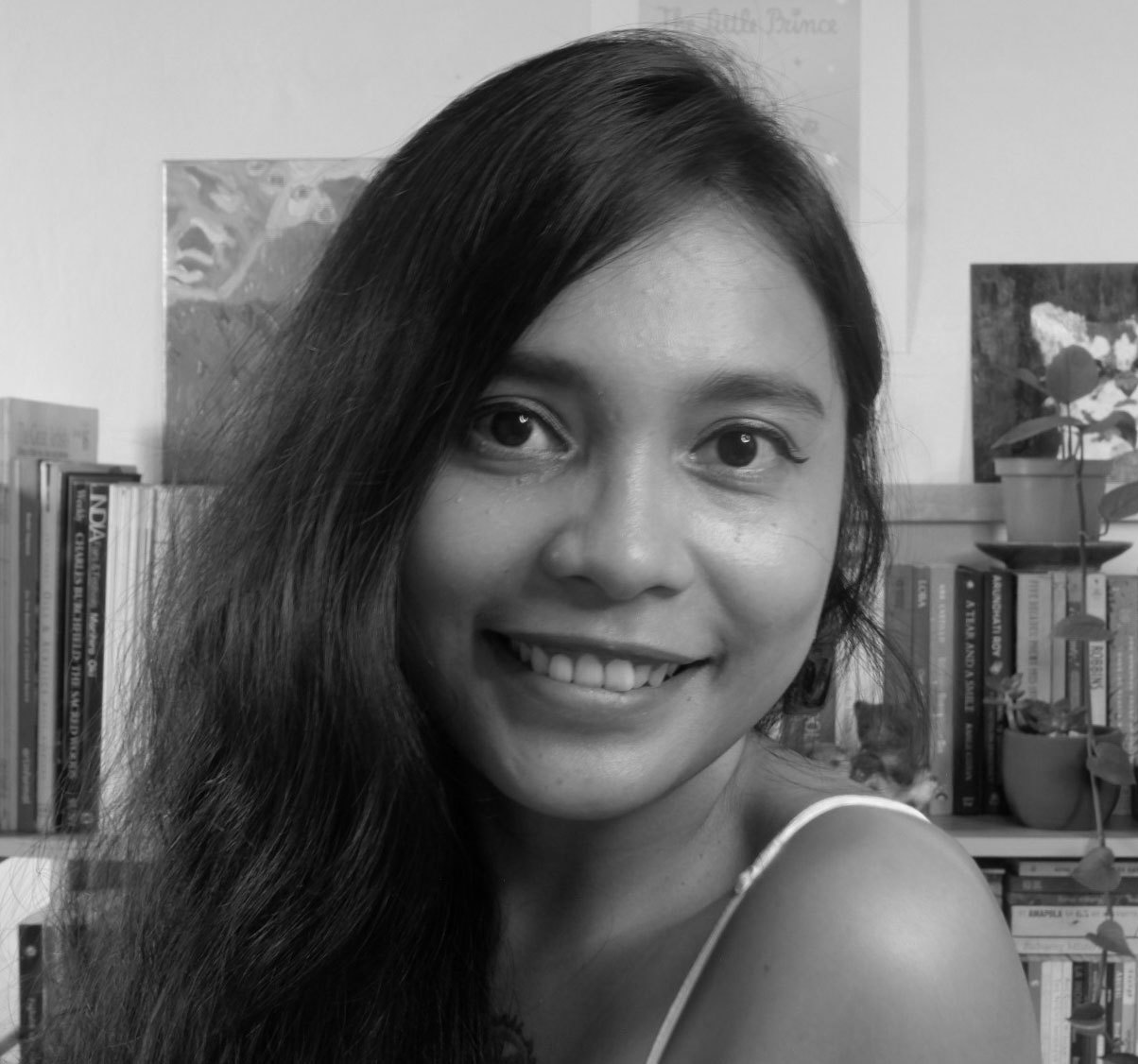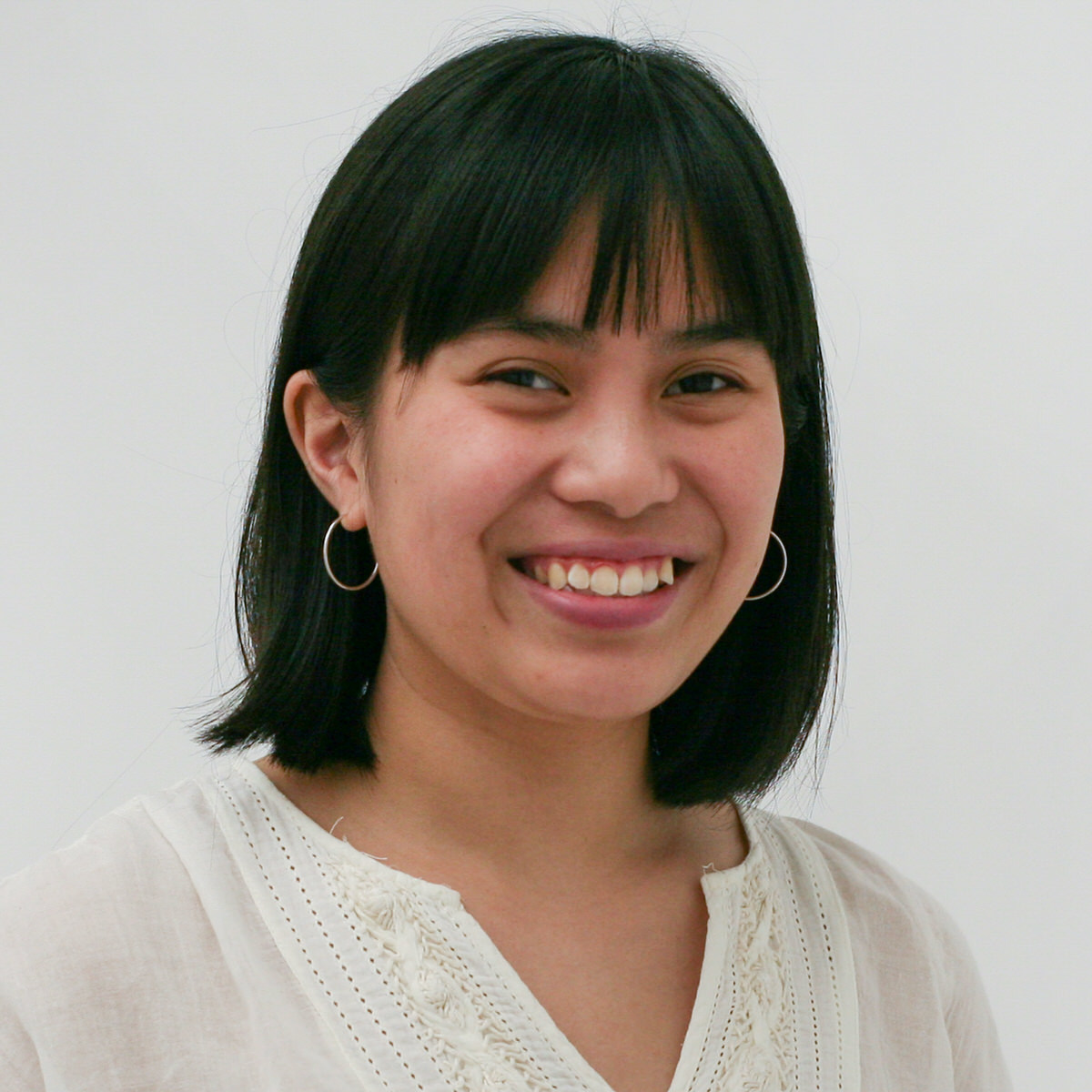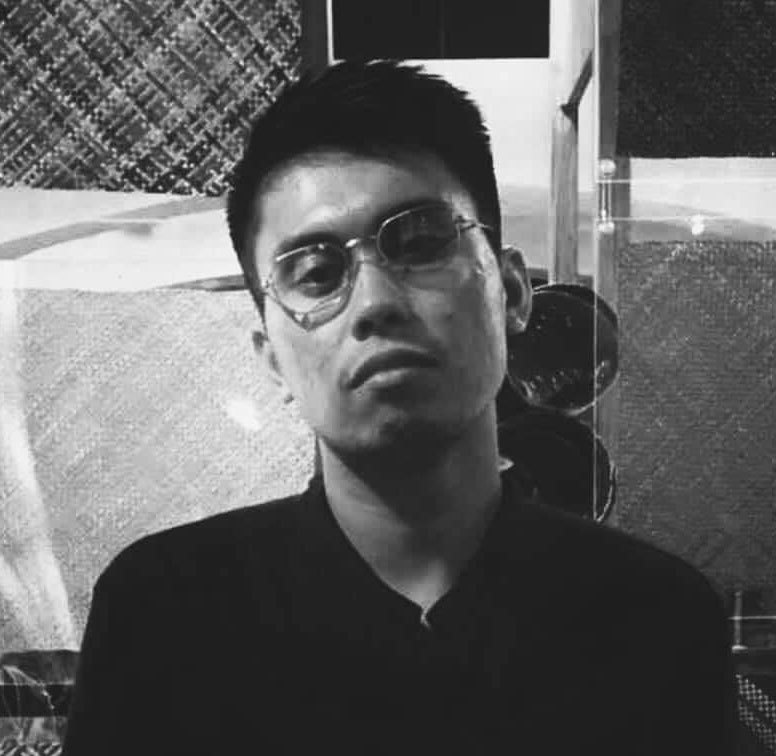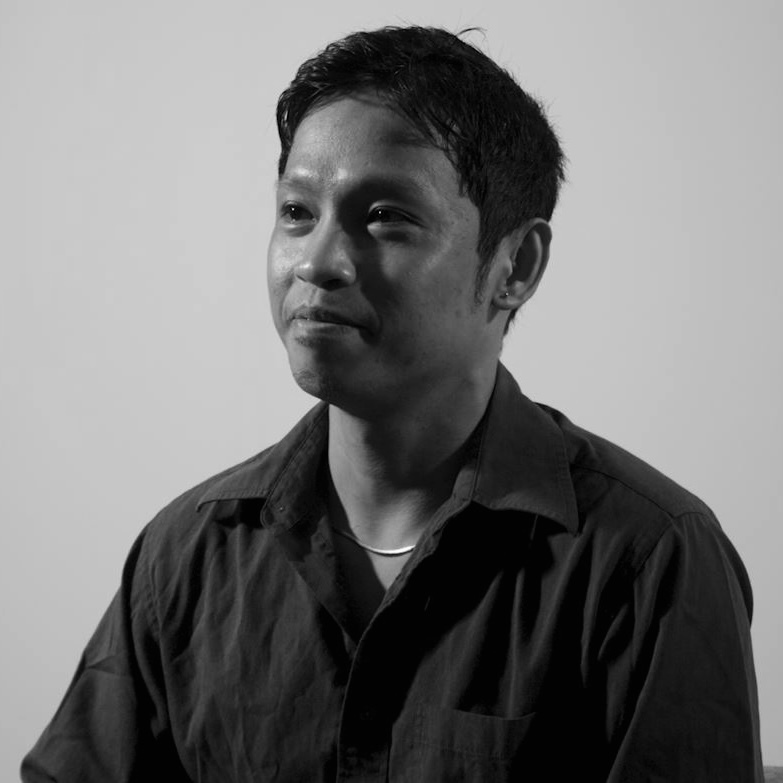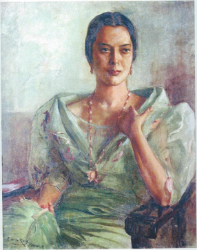
In the digital world where spaces have become less and less bound by geography, the center expands to cover those which were once in the peripheries.
2020 was a big year for artists in the Visayas, after all, it is another year of the Visayas Islands Visual Artists Exhibition and Conference (VIVA ExCon), the country's longest-running biennial. Organizers were wrapping up the preparations — exhibits were curated and scheduled, speakers for the conference were identified, and artists were excited to gather and be with each other again.
Across the Guimaras Strait, in Bacolod’s neighboring city, the Iloilo City government has just launched a city-wide mural project, inviting tourists to take a street art tour of the city. The first-ever art festival was also announced after a committee composed of artists and cultural workers was formed. The previous host of VIVA ExCon, Roxas City, just started to gain momentum with the Panublion Museum, and several art groups at the forefront of the city’s art initiatives.
But months before these celebrations were scheduled to open, travels were canceled, borders were closed, everyone who is not an essential worker had to stay home. VIVA ExCon's host city, Bacolod, had to find ways not to break the 30-year tradition. While the Iloilo City government canceled the festival indefinitely, poured its resources into keeping its citizens safe and healthy, and found other ways to create economic activities for the artists.
All over the country, Filipinos had to cope with the changes and challenges that Covid 19 brought. While people stayed at home, it was art that became one of the things that kept them busy— watching archival videos of theater shows and movies, taking online art workshops and tutorials, and enrolling in courses about art history in MOOCs.
In the pre-pandemic world, artists from the Visayas rarely get the spotlight, getting only the much-needed attention from the art world during art contests where there constantly is a winner from the Visayas. The other time is during Art Fair Philippines when Project Orange joins as an exhibitor bringing artists from Bacolod. In a rare chance when a Visayan artist gains more traction than usual, he/she must be based or practicing in Manila.
As Ilonggos stayed at home, the city government had to think of ways to fend for its citizens. One of the ways they were able to raise funds is to sell artworks by Ilonggo artists through the website and Facebook page, Galleria Ilongga. With an aggressive marketing team and a mix of young, emerging, and senior artists, the artwork sales neared P3,000,000.00. With a mission to "expand the network of noted Ilonggo artists by connecting them to the wider art market all over the country", by the end of May, the project was able to produce masks for 300,000 people, giving livelihood not only to the artists but also to those who sew the masks. The fundraising became an example of how local government units can help the art community, a partnership that is necessary in times of crisis.
Another online activity that expanded the reach of artists from Iloilo is the Iloilo Museum of Contemporary Art's "Artist of the Day" which encouraged artists to submit their profiles, along with photos of their artworks. The project featured over 30 artists and appeared on the newsfeed of as many as 50,000 followers of the museum's page. Similar campaigns were created by art groups enabling artists to find an audience in the visual-reliant social media.
In November 2020, when VIVA ExCon opened without the customary fellowship of artists from the Visayas gathering with music, drinks, and seemingly endless conversations about art. Zoom became the alternative venue. The artists got to know each other beyond what could be done face-to-face with videos that were shot in the artists’ studios as they talk about making art while their communities are in quarantine. The participating artists were also able to see art spaces not just from the host city but also from all the other communities in the Visayas. The biennial went on to host “VCon” which became a regular Saturday event, with guests including curators, artists, and cultural workers who discussed topics ranging from art practices, the art market, curation, among others. In a time when the line between essential and non-essential has never been this black and white, the artists are determined that holding a biennial is not just a tradition but an integral part of building platforms for artists.
"This pandemic brought everyone back to the basics. We value more our food supply, nurture our relationships, and concern for our locality. As artists in the Visayas, we continue to reflect our society in the works that we produce and respond to the needs of our community. Art and artists play an important role in these times. We innovate ways and means on how can we contribute to alleviating the present situation." Manny Montelibano explains why art matters during the pandemic. Montelibano, the Director of the Institute of the Moving Image of the University of St. La Salle is also the Director for VIVA ExCon 2020.
Perhaps, even before the pandemic, the internet changed the landscape by which art is viewed but the pandemic accelerated how art events transformed the internet into a gallery, museum, event space, etc. With people being forced by social distancing measures to find connections online, the art world has become more inclusive. Doors opened to artists who could not afford to uproot their lives and transfer to Manila. Venues were created for in-depth dialogues in topics that zoomed in on the weakness and highlighted the strength of art communities in the regions. And therefore, one must ask, is this the beginning of art's inevitable democratization?


